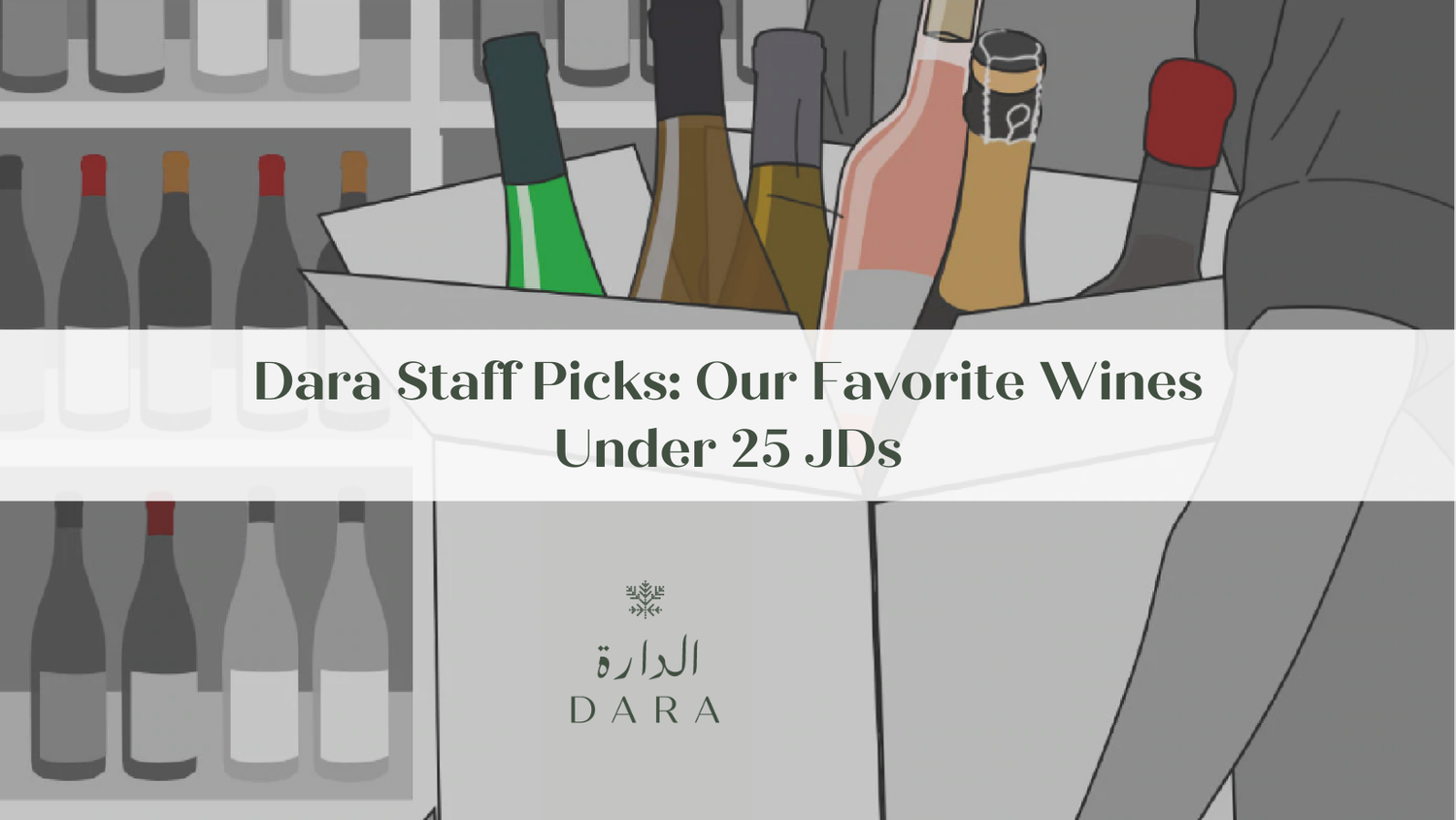We hear this all the time at Dara: “I love wine, but I know nothing about it,” typically followed by “so I’ve been drinking the same wine for 10 years” or “I pick the bottle with the coolest looking label.” With countless grape varieties, no information on labels, and a seemingly endless world of jargon, people seem to think that only snobs and Ph.Ds can actually appreciate and understand wine while the rest of us are forced to “wing it” and hope not to look like fools.
At Dara, we are here to change that experience and demystify the lovely liquid in the bottle. Wine, plain and simple, is meant to be shared among friends, enjoyed with food, and add pleasure to your life. We’ve created Dara to be a place that spacious and approachable for customers to shop, taste and gather. All questions are good questions and the journey to drinking and buying better wine isn’t completed by following an academic path from “beginner” to “expert.” On the contrary, filtering out a lot of the noise and focusing on a few key ideas will more likely lead to the delicious experiences with wine you’re searching for. In that light, here are a few simple tips to make sure you're cracking into good wine this coming year—no experience required.
Figure Out What You Like and Try More
Knowing what you like and conversely what you don’t like, is the first major step. Best way to do so? Believe it or not, by drinking more wine—it’s that simple! Figuring out why you gravitate towards certain styles (Crisp and high acid white? Rich and full-bodied red?) is key and often comes from just venturing out, specifically into new grape varieties, regions, and styles. Embracing that diversity will help you lock in on a few characteristics you enjoy in a wine and finding similar bottles will then become a whole lot easier. Most wines unfortunately are not labeled that way. So think of the structural elements of wine first: full bodied vs light bodied, crisp & tart or lush & creamy, sweet or dry. Then think of the type of aromas you gravitate towards: dark red fruit, citrus, apples, vanilla, earth, floral. With just these basic palate choices, our staff, google or even some of the books in our store can guide you to grape varieties and regions that you might enjoy. Once you find a grape variety you enjoy, don’t be afraid to try it from a different region, a new vintage or by a different winemaker.
Don’t be afraid to talk about it
It is fair to say that there is no activity with a more bizarre vernacular attached to it than drinking wine. What is “austere” wine anyway? Skip the snobbery and simply tell us what you like and don’t like. We eat food on a daily basis and we’re not afraid to say that we love our apples crisp and sour or sweet ripe. The same goes for the wine. Your existing set of vocabulary for food and other drinks is more than enough to also describe wine. Words like “linear”, “shy” or “masculine” are subjective and frankly, not helpful. Also, tell us what food you’re having with the wine. Don’t underestimate how much the pairing can change the experience.
Get Curious About What’s In Your Glass
There’s no need to go back to school, but once you head home or to Dara Dining by Sara Aqel with a bottle, all it takes is to pause and pay attention to the smell and taste of that first sip. Set aside any intimidation, and start with the basics. Try to remember grapes, regions, and best of all, producers, that you’ve come to enjoy. Take pictures of bottles you like—and next time when one of those people you lean on for advice asks what you’ve been enjoying lately, these answers will go a long way. Tools like vivino are great to remember what you’ve been drinking, but please remember that the ratings are simply the aggregated opinions of the masses.
Lastly, asking about how your wine was made (Is the fruit organic? Were there any chemicals/additives used in the process? Who are the people producing the bottle? How was it stored?) is the next step to becoming a much more informed consumer. There is no lack of corporate produced wine out there that comes off an assembly line, so getting curious about what goes into the one you’re buying not only helps you filter out some of the not-so-good wine out there—it also means you don’t have to take gambles based purely on what the label looks like.



